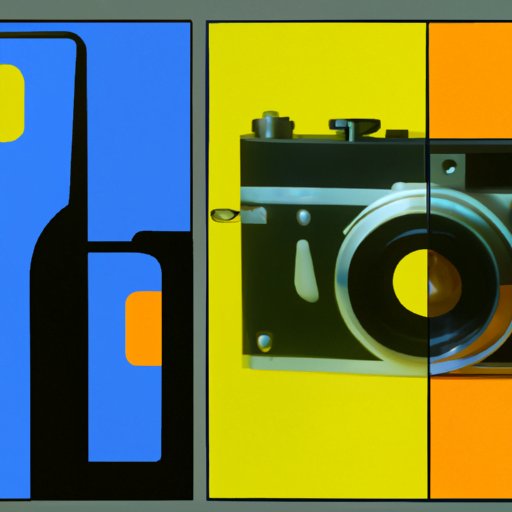
-
Table of Contents
Bruno Munari: A Pioneer of Design and Creativity

Bruno Munari was an Italian artist, designer, and inventor who made significant contributions to various fields, including graphic design, industrial design, and children’s books. His innovative approach to design and his relentless pursuit of creativity have left a lasting impact on the world of art and design. In this article, we will explore the life and work of Bruno Munari, his design philosophy, and his enduring legacy.
Early Life and Education
Bruno Munari was born on October 24, 1907, in Milan, Italy. From a young age, he showed a keen interest in art and design, and his parents encouraged his creative pursuits. Munari attended the School of Art in Milan, where he studied painting and sculpture. However, he soon realized that his true passion lay in the world of design.
During his early years as a designer, Munari experimented with various artistic styles and techniques. He was influenced by the avant-garde movements of the time, such as Futurism and Constructivism. These influences can be seen in his early works, which often featured bold geometric shapes and dynamic compositions.
Design Philosophy
Munari’s design philosophy was centered around the idea of simplicity and functionality. He believed that good design should be accessible to everyone and should serve a practical purpose. Munari once said, “Design is not just what it looks like and feels like. Design is how it works.”
One of Munari’s most famous design principles was the concept of “useless machines.” These were machines that served no practical purpose but were designed purely for the sake of creativity and playfulness. Munari believed that by creating these useless machines, he could encourage people to think outside the box and explore new possibilities.
Case Study: The Useless Machine
An excellent example of Munari’s concept of useless machines is his “Machine for Making Clouds.” This machine consisted of a glass jar filled with water and a small motor that created tiny bubbles. As the bubbles rose to the surface, they formed cloud-like shapes, creating a mesmerizing visual effect.
While the Machine for Making Clouds had no practical application, it captured the imagination of both children and adults. It encouraged people to think about the beauty and ephemeral nature of clouds and sparked conversations about the intersection of art and science.
Children’s Books and Education
In addition to his work as a designer, Munari was also a prolific author and illustrator of children’s books. He believed that children had a natural curiosity and creativity that should be nurtured from an early age. Munari’s books were designed to engage children’s imaginations and encourage them to explore the world around them.
One of Munari’s most famous children’s books is “The Zoo.” In this book, Munari used simple shapes and bold colors to create a visual representation of various animals. The book not only introduced children to different animals but also taught them about the basic elements of design, such as shape and color.
Case Study: “The Zoo”
“The Zoo” is a prime example of Munari’s ability to combine education and entertainment. The book not only captured the attention of children but also provided valuable lessons in design and visual communication. By using simple shapes and colors, Munari made the book accessible to young readers while still conveying complex ideas.
Legacy and Influence
Bruno Munari’s contributions to the world of design and creativity continue to be celebrated and recognized today. His innovative approach to design and his emphasis on simplicity and functionality have influenced countless designers and artists around the world.
Munari’s work has also had a significant impact on the field of children’s education. His books and educational materials have been used in classrooms worldwide to inspire creativity and critical thinking.
Key Takeaways
- Bruno Munari was an Italian artist, designer, and inventor known for his contributions to various fields, including graphic design, industrial design, and children’s books.
- Munari’s design philosophy centered around simplicity and functionality, and he believed that good design should serve a practical purpose.
- One of Munari’s most famous design principles was the concept of useless machines, which encouraged creativity and playfulness.
- Munari’s children’s books, such as “The Zoo,” combined education and entertainment, teaching young readers about design and visual communication.
- Bruno Munari’s legacy continues to influence designers and artists worldwide, and his work has had a significant impact on children’s education.
In conclusion, Bruno Munari was a true pioneer of design and creativity. His innovative approach to design, his emphasis on simplicity and functionality, and his commitment to nurturing creativity in children have left an indelible mark on the world of art and design. Munari’s work continues to inspire and influence designers and artists, ensuring that his legacy will endure for generations to come.
